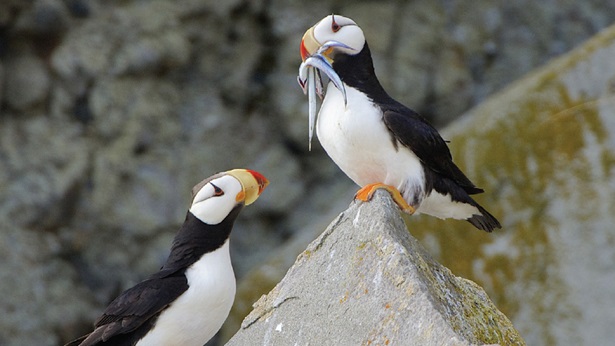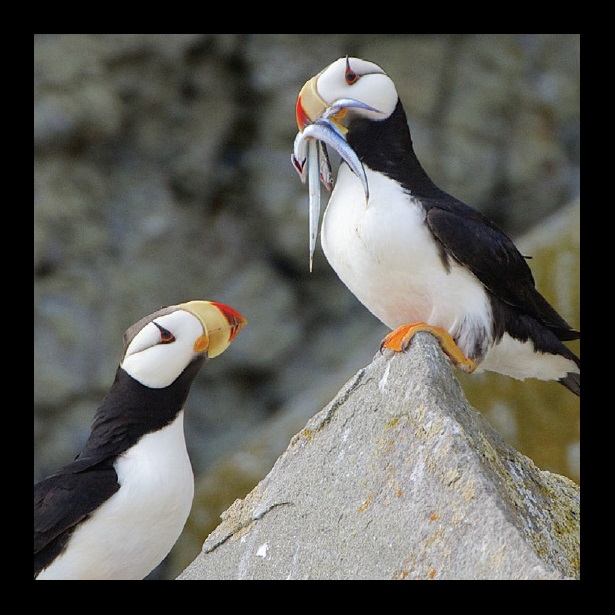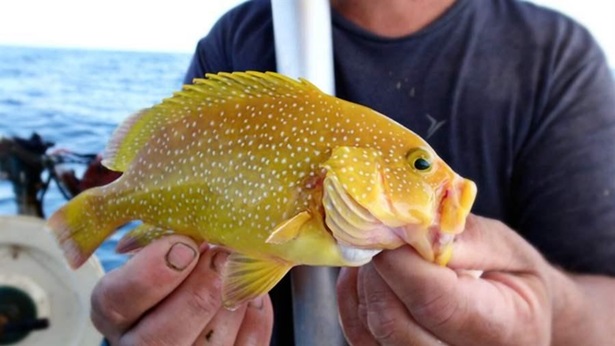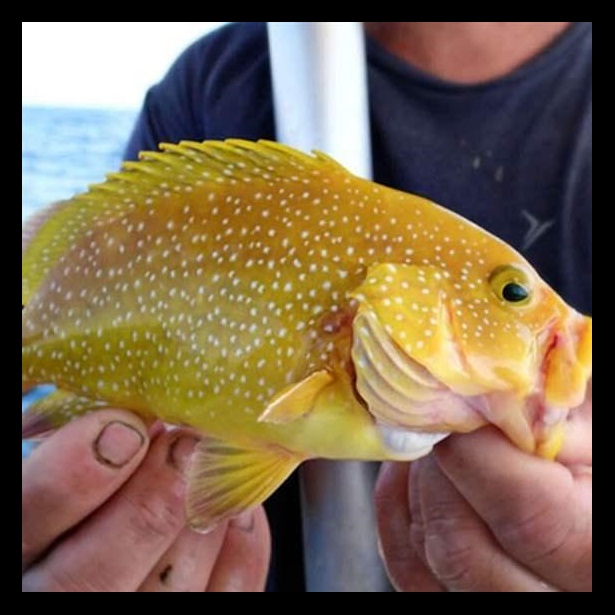Ocean Health Along the U.S. West Coast
The icy seas of the North Pacific are among the most productive waters on the planet, supporting sustainable commercial, recreational, and subsistence fisheries as well as the communities that depend on them..
Since 2014, Pew has worked with the North Pacific Fishery Management Council, a recognized leader in sustainable management, to develop a fishery ecosystem plan for the Bering Sea. Fishery ecosystem plans facilitate incorporation of ecosystem science into decision-making, helping to ensure that managers consider the broader marine environment rather than individual fish stocks in isolation.
The Bering Sea plan also incorporates the Traditional Knowledge of the region’s Indigenous communities. Their holistic understanding of the marine ecosystem, including salmon runs, ocean currents, marine mammal behavior and other dynamics, has been gathered over millennia and passed down across generations.
With an increasing awareness of how fisheries impact—and are impacted by—the broader ecosystem in which they operate, decision-makers in the North Pacific can help ensure a healthy ocean and sustainable fisheries for generations to come.




